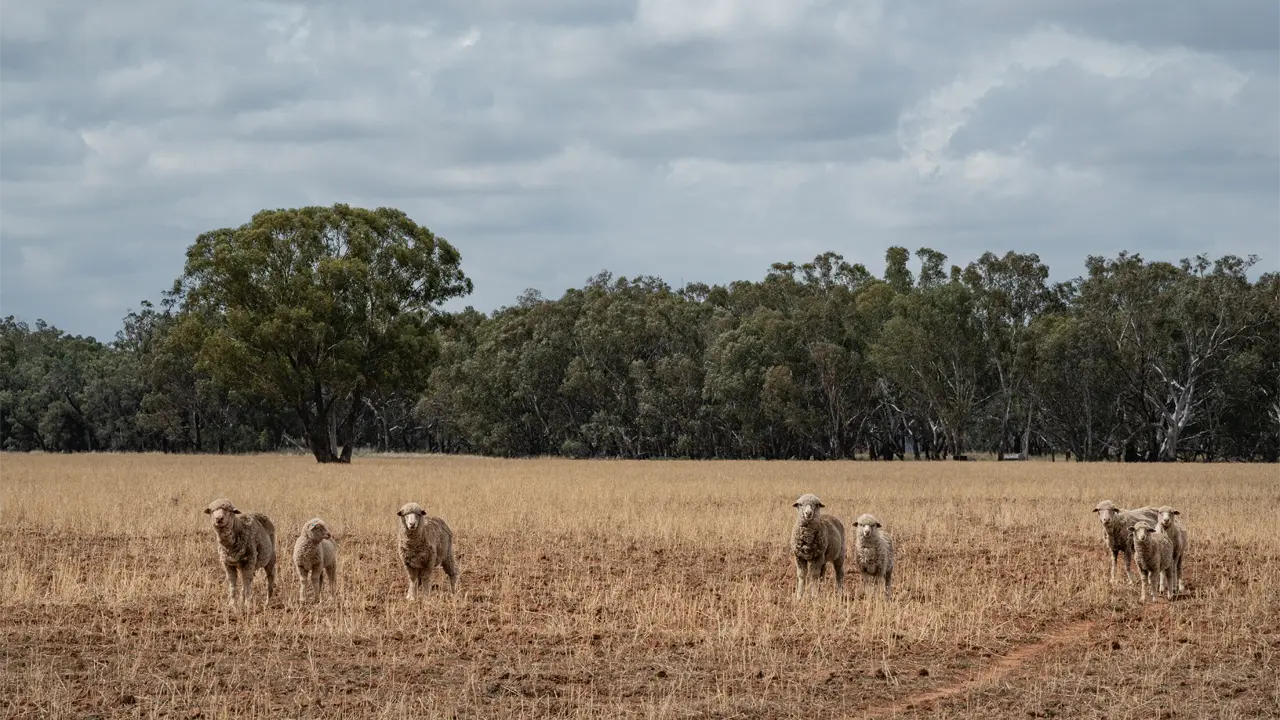Shoring up off-farm income opportunities is helping increase the resilience of Cora Lynn, a 123-year-old Merino property in central western NSW.
Story + Photos Ken Eastwood
It’s pouring 30km up the road, but on Cora Lynn, dust rises from the 4WD as it dips past a high and dry tinny onto the hard surface of a mostly dry dam. “At Easter, we go around here in that flat-bottomed boat and have lunch on that island,” says Steve Lindsay, fourth-generation sheep farmer on this property, Cora Lynn, at Peak Hill in central west NSW. There will be no boating today.
“We seem to be in a bit of a rain shadow this year,” says Steve’s mum, Kay, who lives on the far side of the property with her husband Rob. Rob reckons the gauge picked up 1mm overnight. “You must have really wrung that out of it,” Steve laughs.
It’s mid-summer and about a quarter of the 20 dams on the 1140ha Merino and cropping property are dry. But Steve isn’t concerned for the 3000 sheep. The property is robust because other dams have never gone dry – including one scoured out by heavy horses in the early 1900s. “They hadn’t finished it, but it filled with water and hasn’t emptied since,” Steve says. “In all honesty, summer rainfall is sometimes a nuisance – burrs grow, you get flies and it ruins your stubble. We’re not reliant on it. We catch water really quickly."
This story excerpt is from Issue #153
Outback Magazine: Feb/Mar 2024










